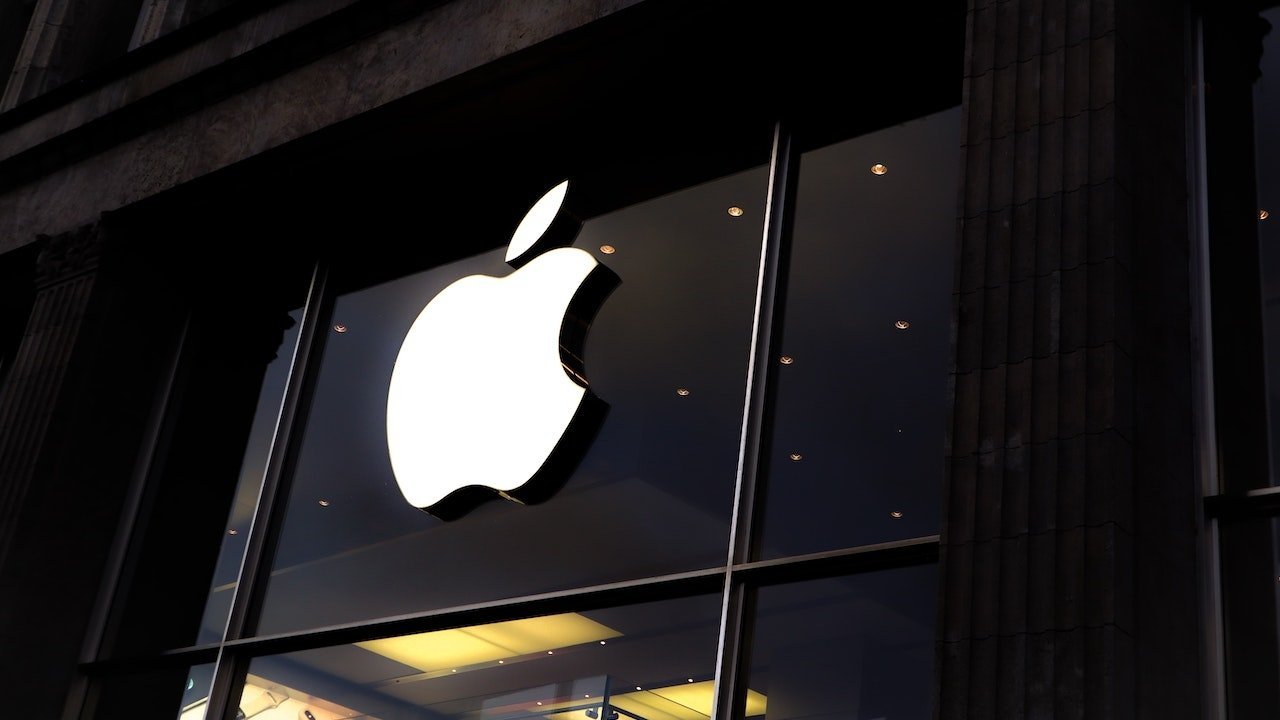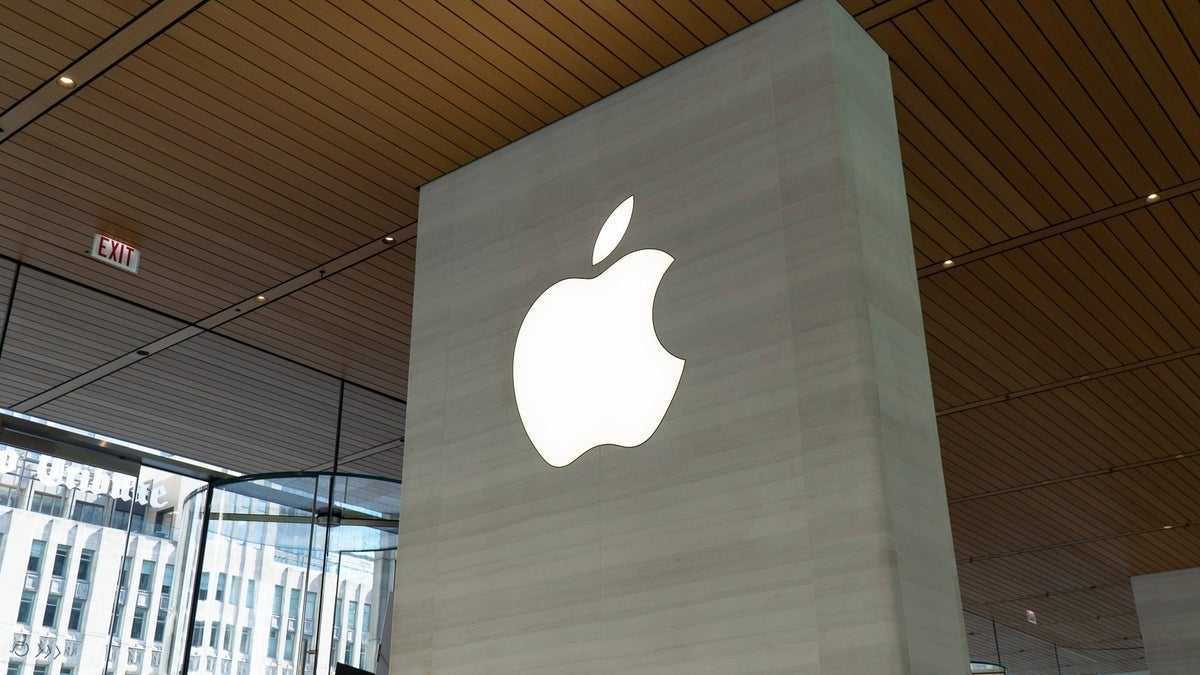From www.techspot.com
Serving tech enthusiasts for over 25 years.
TechSpot means tech analysis and advice you can trust.
What just happened? Scientists in Japan have just blown the doors off what we thought was possible with conventional fiber optic cables. A team led by the country’s National Institute of Information and Communications Technology has set a new world record by transmitting data at a blistering 402 terabits per second through an existing fiber optic line. That’s fast enough to download over 50,000 HD movies in a single second.
The researchers presented their results this week at the Optical Fiber Communication Conference in San Diego. To achieve their record, they tapped into the unexplored frequency ranges within the low-loss transmission window of standard fiber optic cables.
The glass fibers we use for optical data have a “Goldilocks zone” of frequencies where signals can propagate for long distances with minimal energy loss. But currently, only a small slice of this range is actually utilized by the wavelength division multiplexing (WDM) technology powering today’s fiber optic networks.
Meanwhile, the NICT team constructed the first system to cover the entire low-loss spectrum by combining various signal amplification methods. Six methods were used, including doped fiber amplifiers and distributed Raman amplification. Newly developed optical gain equalizers also allowed access to wavelength bands not used in current fiber optic deployments. In total, the system utilized an unprecedented 37 THz of bandwidth over 1,505 separate transmission channels across 31 miles of cable.
While we’re still a long way from consumer internet at terabit-per-second speeds, the achievement is impressive because it was accomplished entirely with existing commercially available fiber optic technology.
“A theoretical maximum data rate of 402 Tb/s was achieved for 1,505 wavelength channels, with the decoded data rate after implementing error correction with standard codes giving a total data rate of 378 Tb/s,” note the researchers. This shatters the previous record data rate over conventional fiber by more than 25% and increases the usable transmission bandwidth by 35%.
Looking ahead, the researchers believe their approach will help deliver on the high-speed promise of “Beyond 5G” services. By lighting up new wavelength territories across deployed fiber networks, providers can beef up data rates and extend the lifetime of their existing infrastructure. Combining these new bands with next-gen fiber types could also help future-proof networks.

Of course, unleashing those sorts of speeds for real-world use would likely require costly upgrades to amplifiers and transmission equipment on both ends of the fiber line. But at least it’s an option, now that we know the full potential payload these glass strands can handle.
This research follows another breakthrough late last year that actually set the world record for fiber optic transfer speeds at 22.9 petabits per second. However, this one utilized a multi-core multi-mode fiber, unlike the single-mode fiber used in the breakthrough above.
[ For more curated tech news, check out the main news page here]
The post Blistering 402 Tb/s fiber optic speeds achieved by unlocking unused wavelengths first appeared on www.techspot.com
















